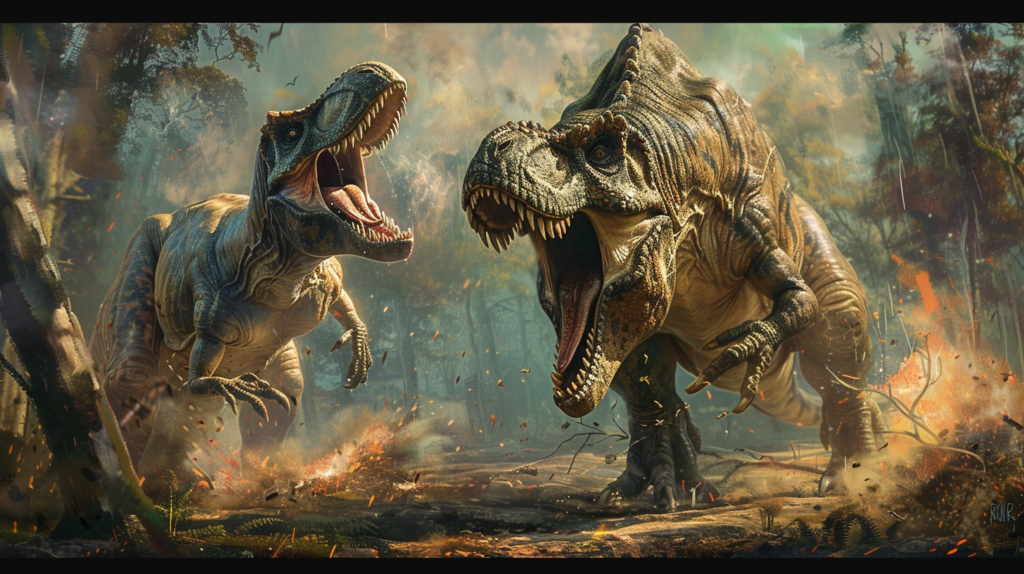Giganotosaurus, the “giant southern lizard,” was one of the largest carnivorous dinosaurs to ever roam the Earth. This fearsome predator lived during the Late Cretaceous period and has captured the imagination of paleontologists and dinosaur enthusiasts alike. Let’s dive into some fascinating facts about this prehistoric giant that might surprise you.
It Was Bigger Than T. Rex
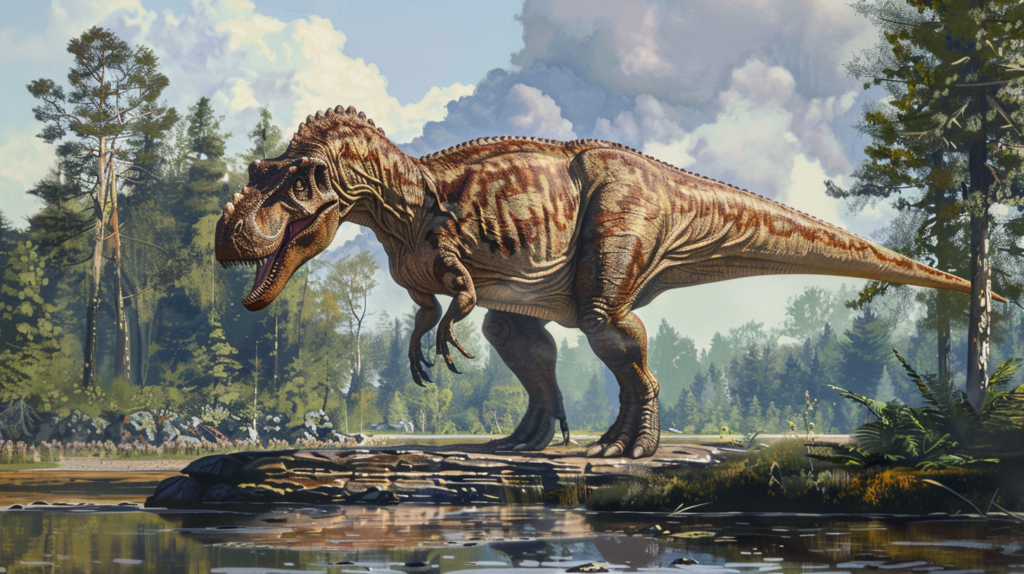
Giganotosaurus was actually larger than the famous Tyrannosaurus rex. It measured up to 43 feet in length and weighed around 8 tons. That’s about 3 feet longer and 1 ton heavier than the average T. rex! This size difference made Giganotosaurus one of the largest known carnivorous dinosaurs.
Its Name Means “Giant Southern Lizard”
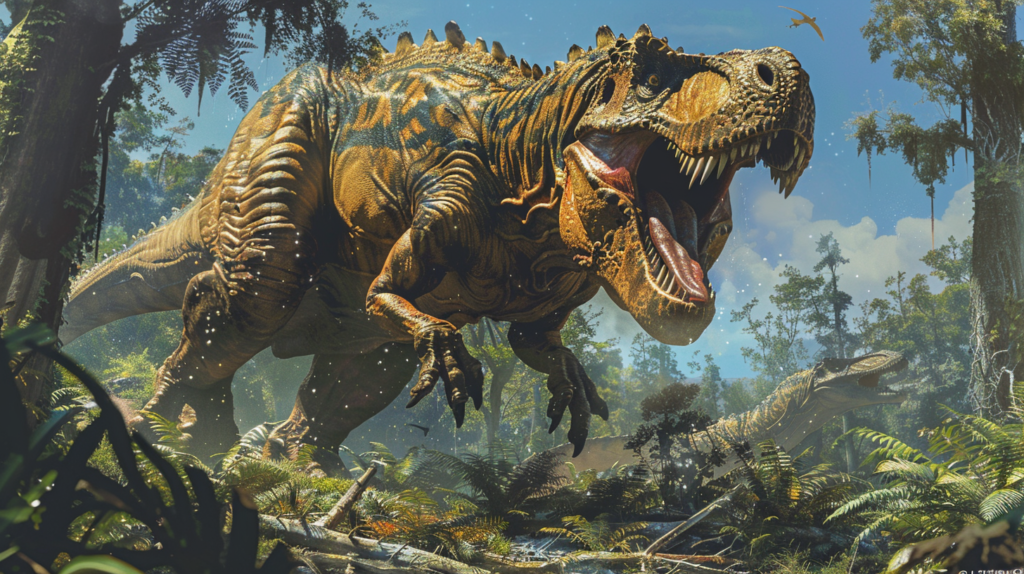
The name Giganotosaurus comes from the Greek words “gigas” meaning giant, “notos” meaning south, and “sauros” meaning lizard. This name was chosen because of the dinosaur’s enormous size and the location where it was discovered in Argentina, South America. The name perfectly describes this massive southern predator.
It Lived in South America
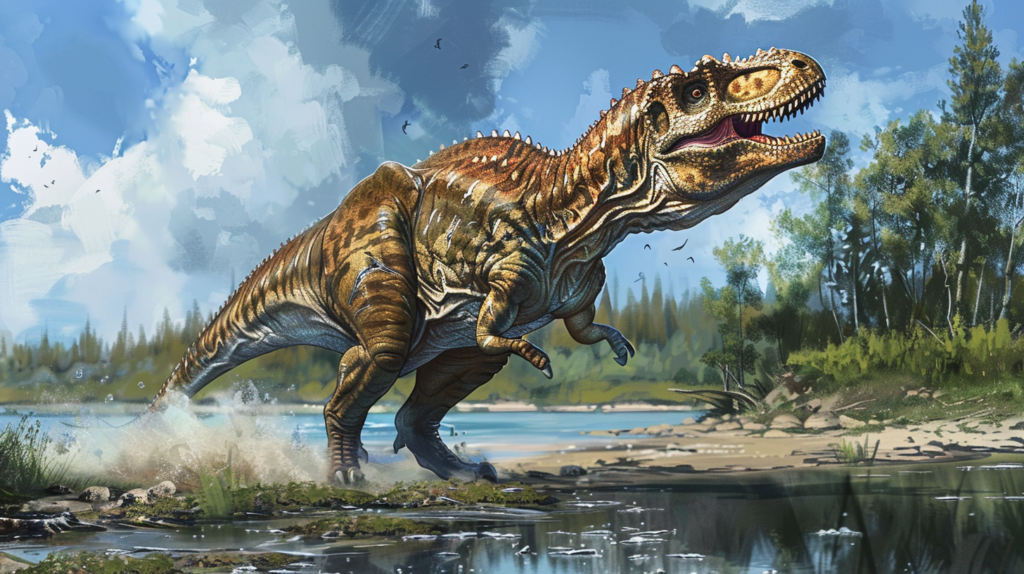
Giganotosaurus roamed what is now Argentina about 98 million years ago. During this time, South America was an island continent, separate from North America. This isolation allowed for the evolution of unique dinosaur species like Giganotosaurus.
It Had a Tiny Brain
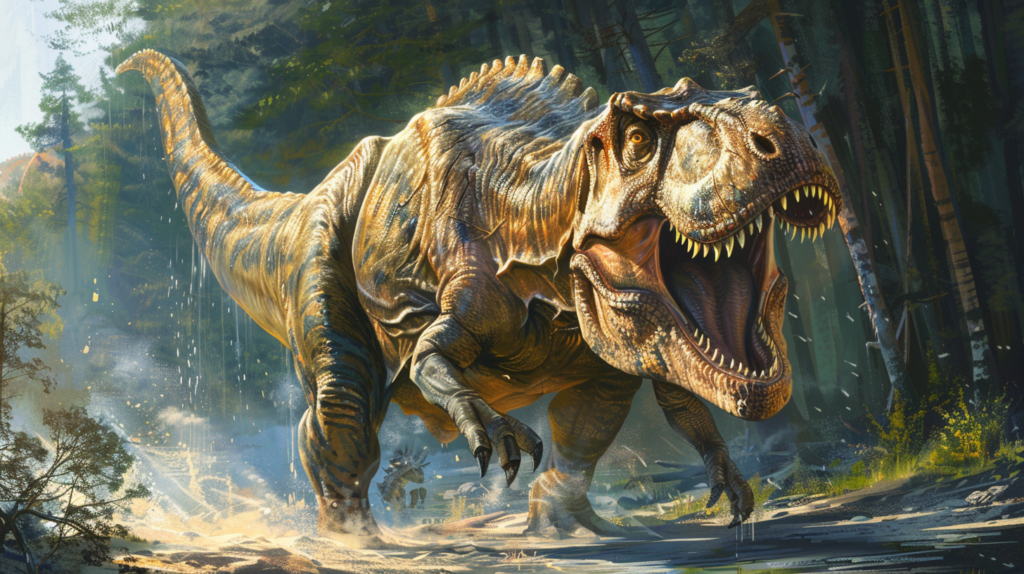
Despite its massive size, Giganotosaurus had a relatively small brain. Its brain was about the size of a banana, which is tiny compared to its body size. This suggests that Giganotosaurus wasn’t particularly intelligent, relying more on its size and strength for hunting and survival.
It Was Discovered in 1993
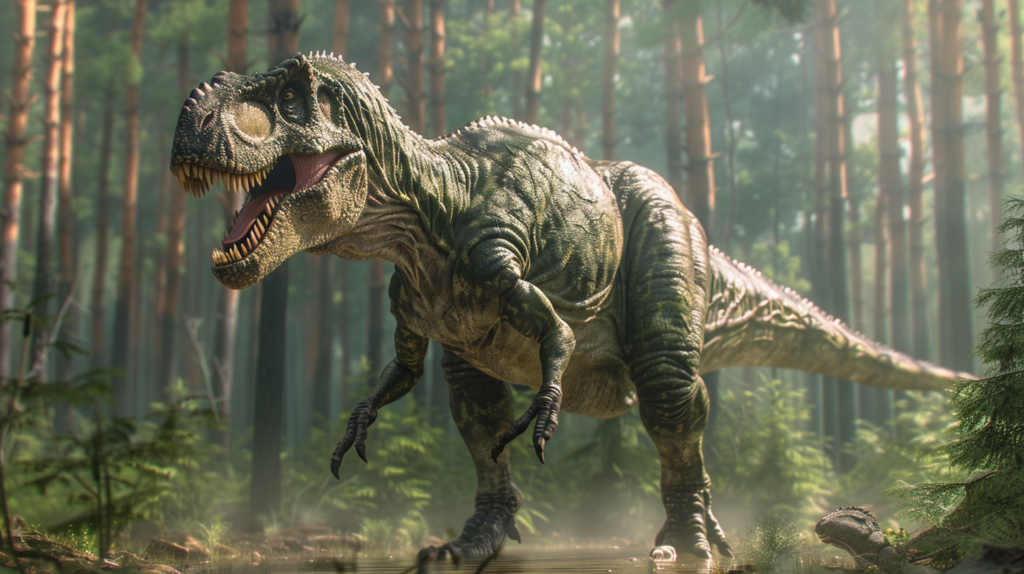
The first Giganotosaurus fossils were found by an amateur fossil hunter named Rubén Dario Carolini in 1993. The discovery was made in the Neuquén Province of Argentina. This finding was a major breakthrough in paleontology, as it revealed a carnivore even larger than T. rex.
It Had Serrated Teeth
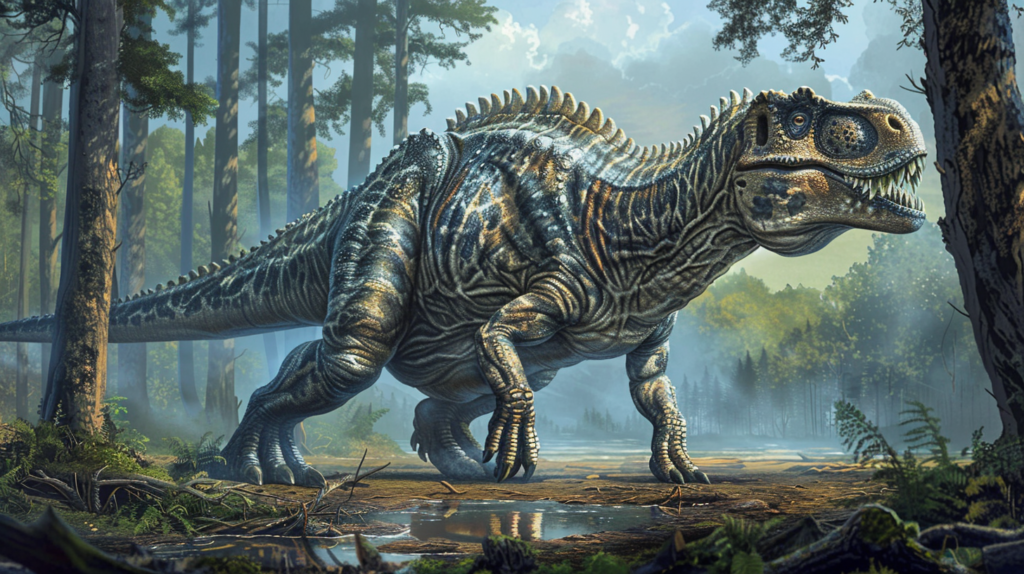
Giganotosaurus had about 60 to 64 teeth, each measuring up to 8 inches long. These teeth were serrated, like steak knives, making them perfect for slicing through the tough hide and flesh of its prey. The serrations allowed Giganotosaurus to inflict devastating wounds on its victims.
It Might Have Hunted in Packs
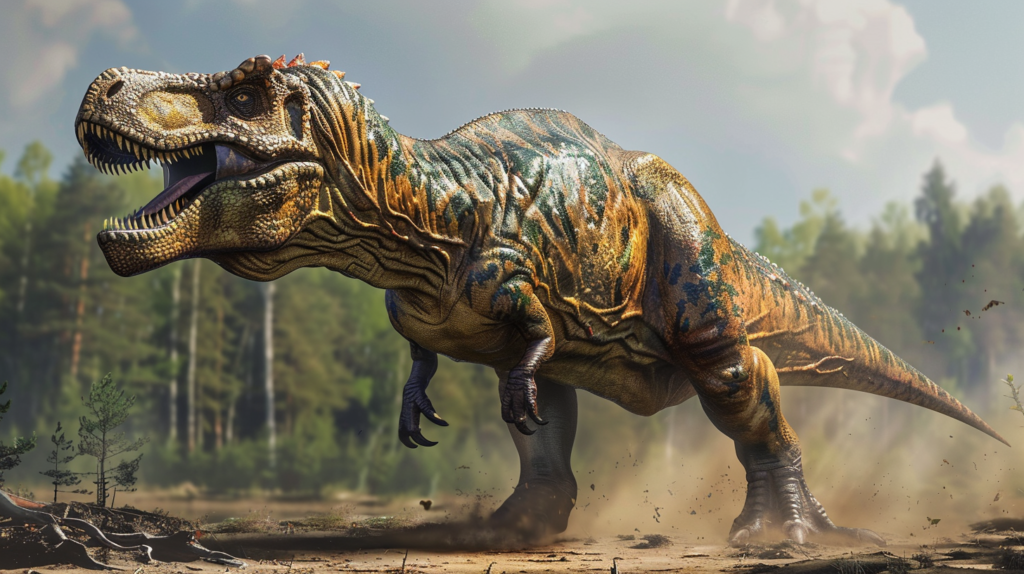
Some paleontologists believe that Giganotosaurus might have hunted in packs. This theory is based on fossil evidence of other large theropods found in groups. If true, a pack of Giganotosaurus would have been a terrifying sight and an incredibly effective hunting unit.
It Preyed on Sauropods
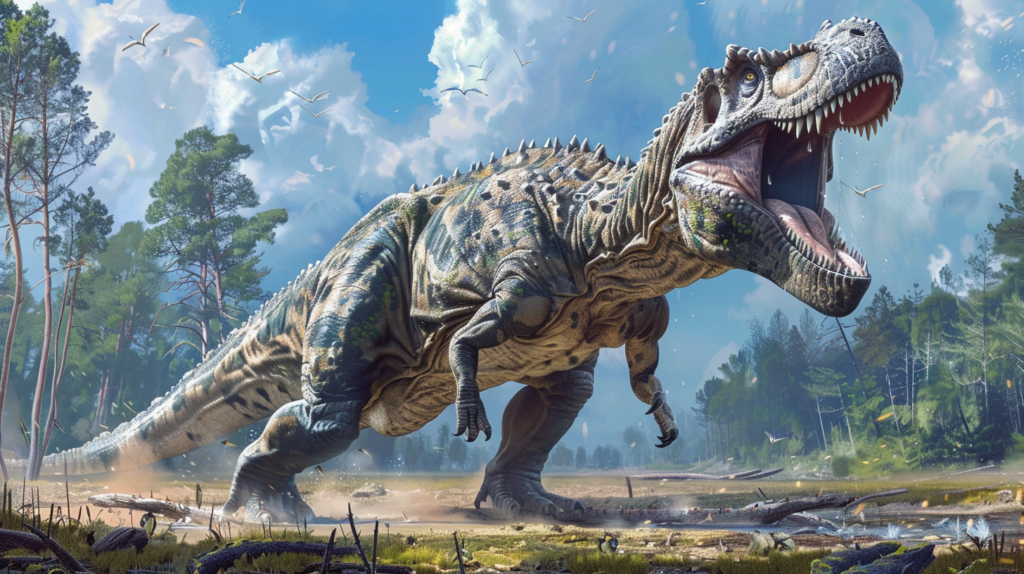
Giganotosaurus likely preyed on large sauropod dinosaurs, like Andesaurus, which could grow up to 100 feet long. Its powerful jaws and serrated teeth would have been well-suited for taking down these massive plant-eaters. Hunting such large prey might explain why Giganotosaurus evolved to be so big.
It Had a Unique Skull Structure
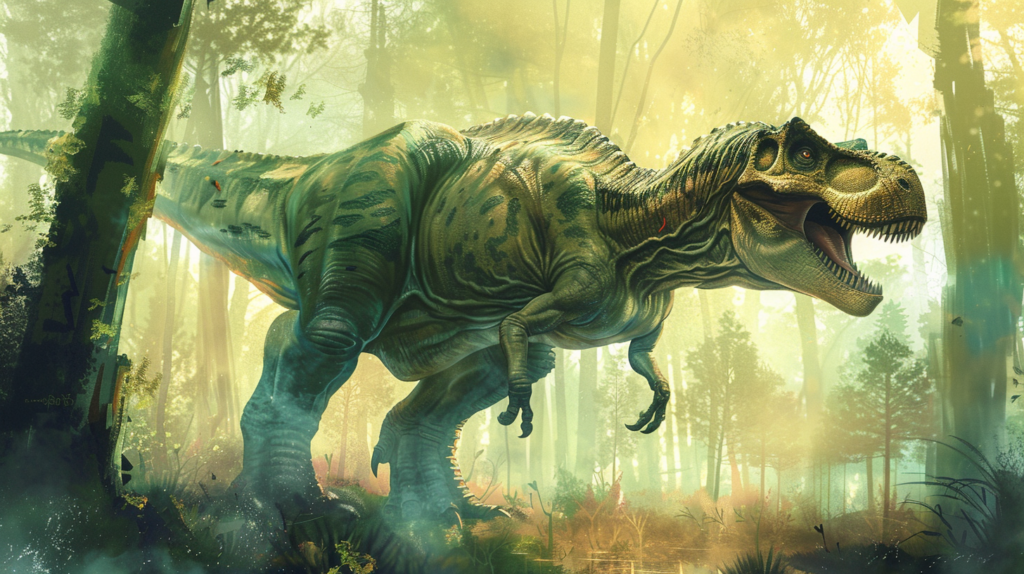
The skull of Giganotosaurus was different from other large theropods. It was long and narrow, with a distinctive bump on the top. This skull shape might have helped it withstand the forces generated when biting into large prey. The unique structure also gives Giganotosaurus a distinctive look among theropod dinosaurs.
It Had Small Arms
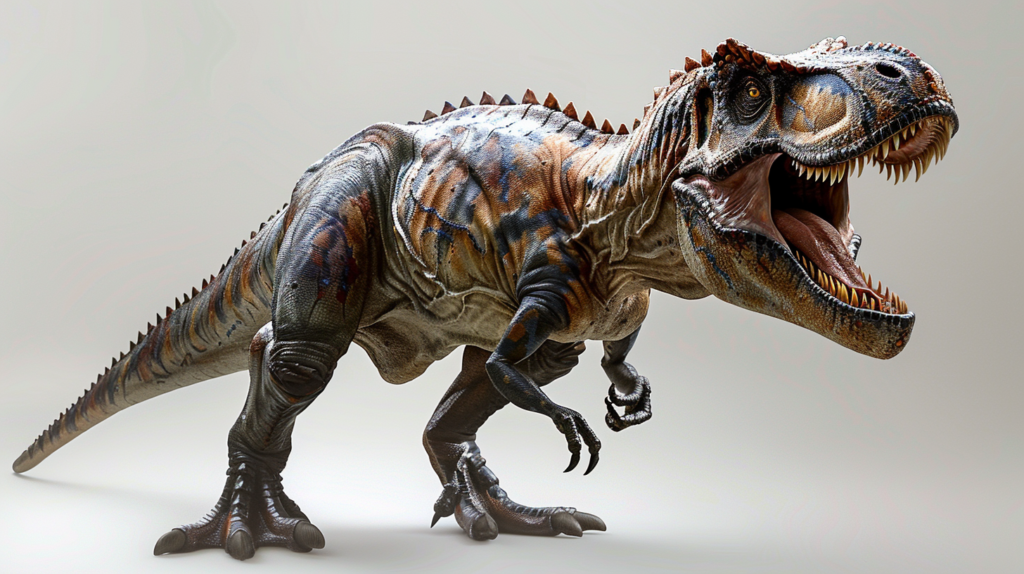
Like many large theropod dinosaurs, Giganotosaurus had relatively small arms compared to its body size. However, these arms were still muscular and ended in three-fingered hands with sharp claws. The arms might have been used for grasping prey or for mating rituals.
It Was Faster Than T. Rex
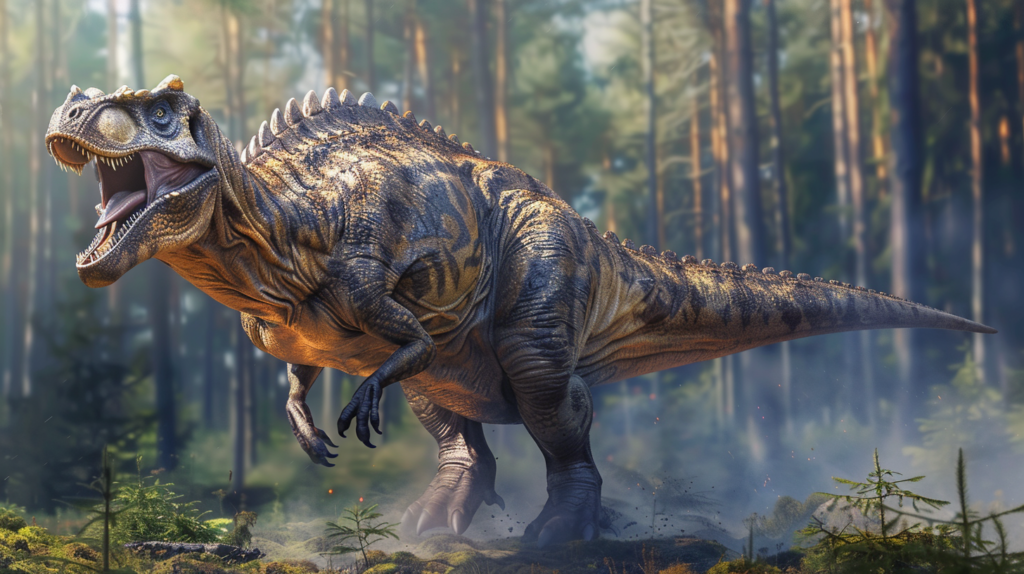
Despite its enormous size, Giganotosaurus was likely faster than T. rex. Its longer, more slender build suggests it was more agile. Some estimates put its top speed at around 31 mph, faster than the estimated 25 mph for T. rex. This speed would have made Giganotosaurus a formidable predator.
It Had Excellent Vision
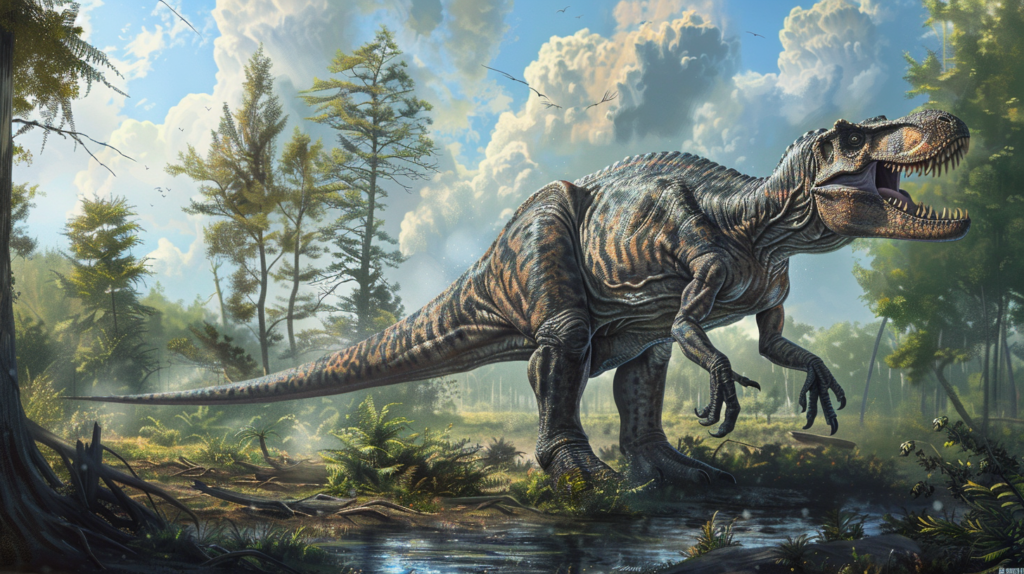
Giganotosaurus had large eye sockets, suggesting it had good eyesight. This would have been crucial for hunting. Its eyes were positioned for binocular vision, giving it depth perception. Good vision combined with its size and speed made Giganotosaurus a super predator of its time.
It Lived in a Different Time Than T. Rex
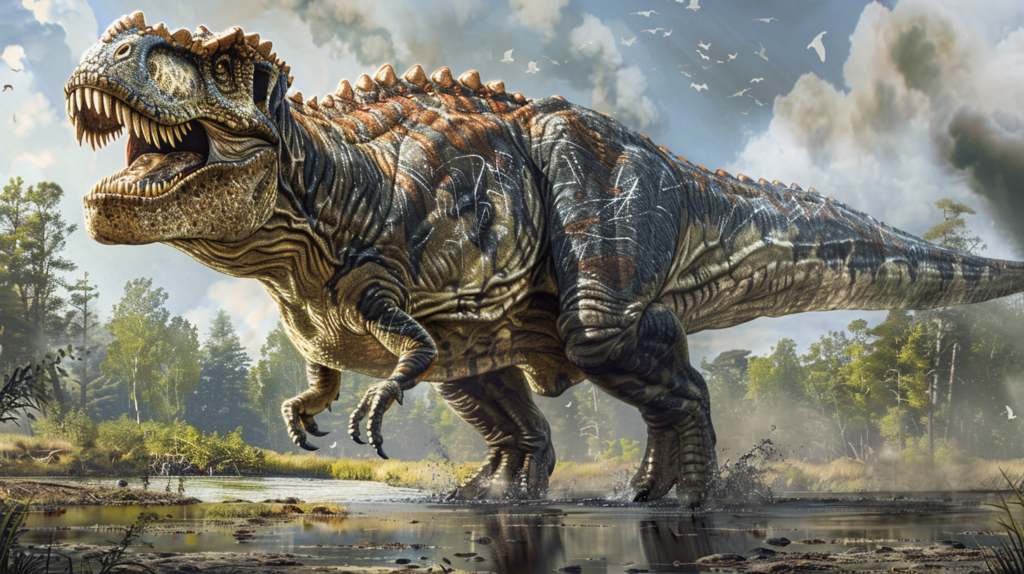
While often compared to T. rex, Giganotosaurus actually lived about 30 million years earlier. It existed during the early Late Cretaceous period, while T. rex appeared in the very late Cretaceous. This means these two giants never met or competed with each other in real life.
Its Fossils Are Rare
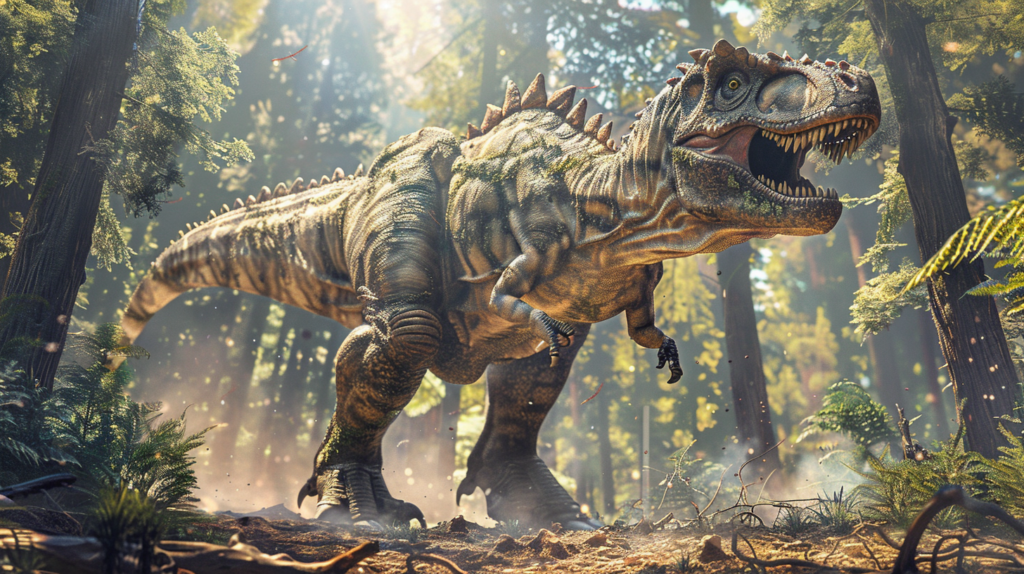
Complete Giganotosaurus skeletons are very rare. Most of what we know about this dinosaur comes from partial remains. The most complete specimen includes about 70% of the skeleton. This rarity makes each new Giganotosaurus fossil discovery extremely valuable to paleontologists.
It Inspired Jurassic World’s Indominus Rex
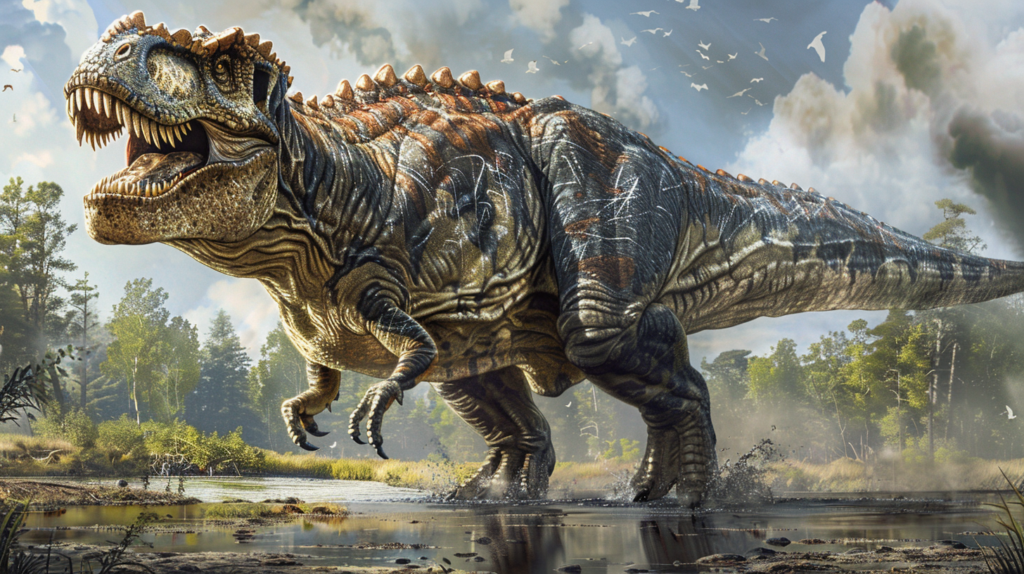
The Indominus Rex from the movie Jurassic World was partly inspired by Giganotosaurus. The filmmakers wanted a dinosaur even bigger and scarier than T. rex, just like Giganotosaurus was in real life. This shows how this ancient predator continues to captivate our imagination.
It Had a Powerful Sense of Smell
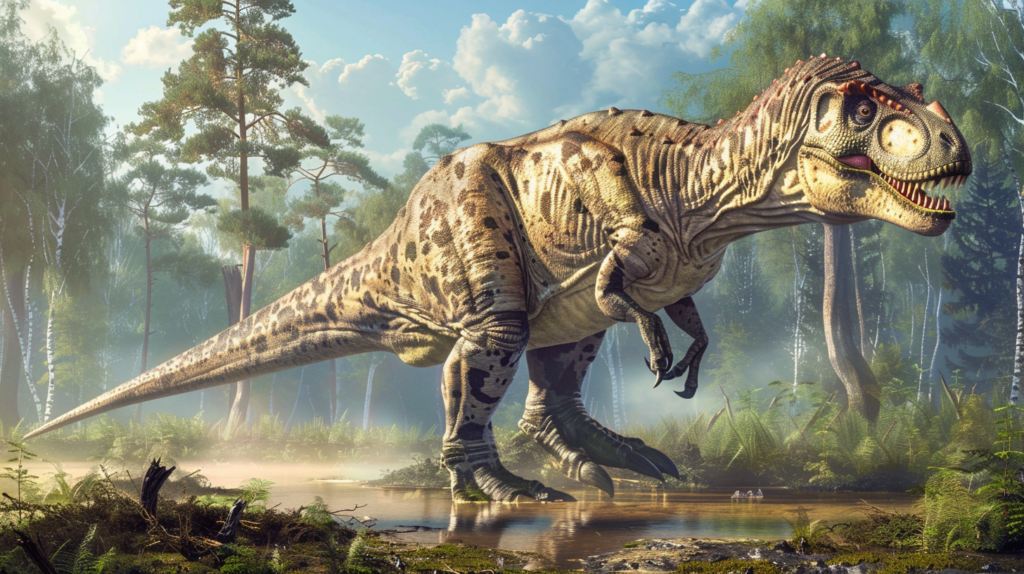
Like many theropod dinosaurs, Giganotosaurus likely had a powerful sense of smell. Its skull shows large olfactory bulbs, the part of the brain responsible for processing smells. This keen sense would have helped it locate prey, even from great distances.
It Lived in a Warm Climate
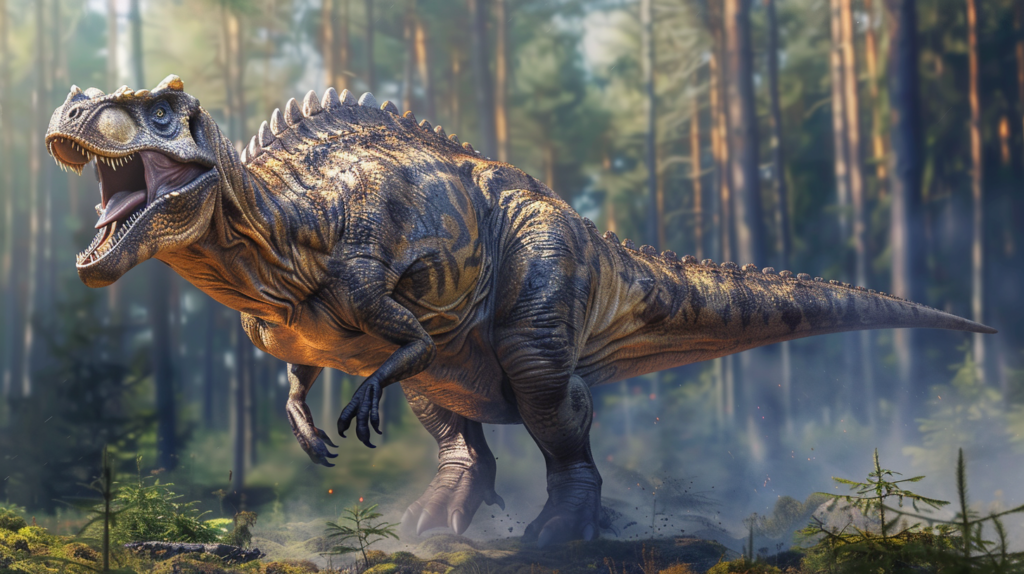
During the time of Giganotosaurus, South America had a warm, humid climate. The landscape was dominated by lush forests and river systems. This environment provided plenty of plant life to support the large herbivores that Giganotosaurus preyed upon.
It’s Still Being Studied
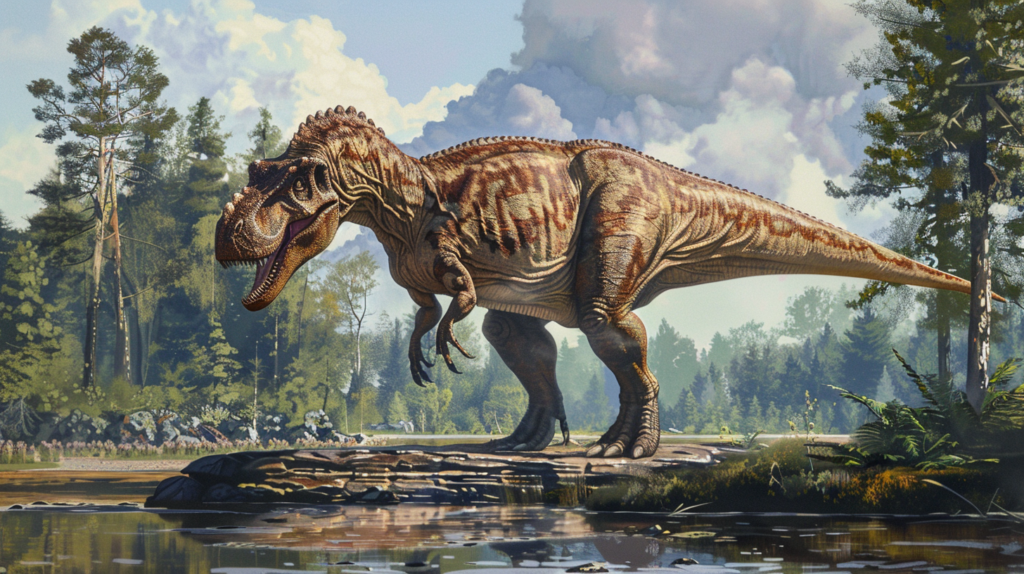
New discoveries about Giganotosaurus are still being made. Paleontologists continue to study its fossils and compare them to other theropods. Each new finding helps us better understand this incredible predator and the world it lived in. The story of Giganotosaurus is far from complete, and future discoveries may reveal even more fascinating details about this prehistoric giant.
Becky is a fervent wildlife enthusiast and pet care expert with a diploma in canine nutrition. Her love for animals stretches beyond the domestic, embracing the wild tapestry of global fauna. With over a decade of experience in animal welfare, Becky lends her expertise to OutlandishOwl through insightful articles, captivating wildlife information, and invaluable guidance on pet nutrition. Her work embodies a deep commitment to understanding the intricate lives of animals and a passion for educating others on sustaining natural habitats. Becky's hands-on conservation efforts and her knack for translating complex dietary science into practical pet feeding tips make her an indispensable voice for creatures great and small.

